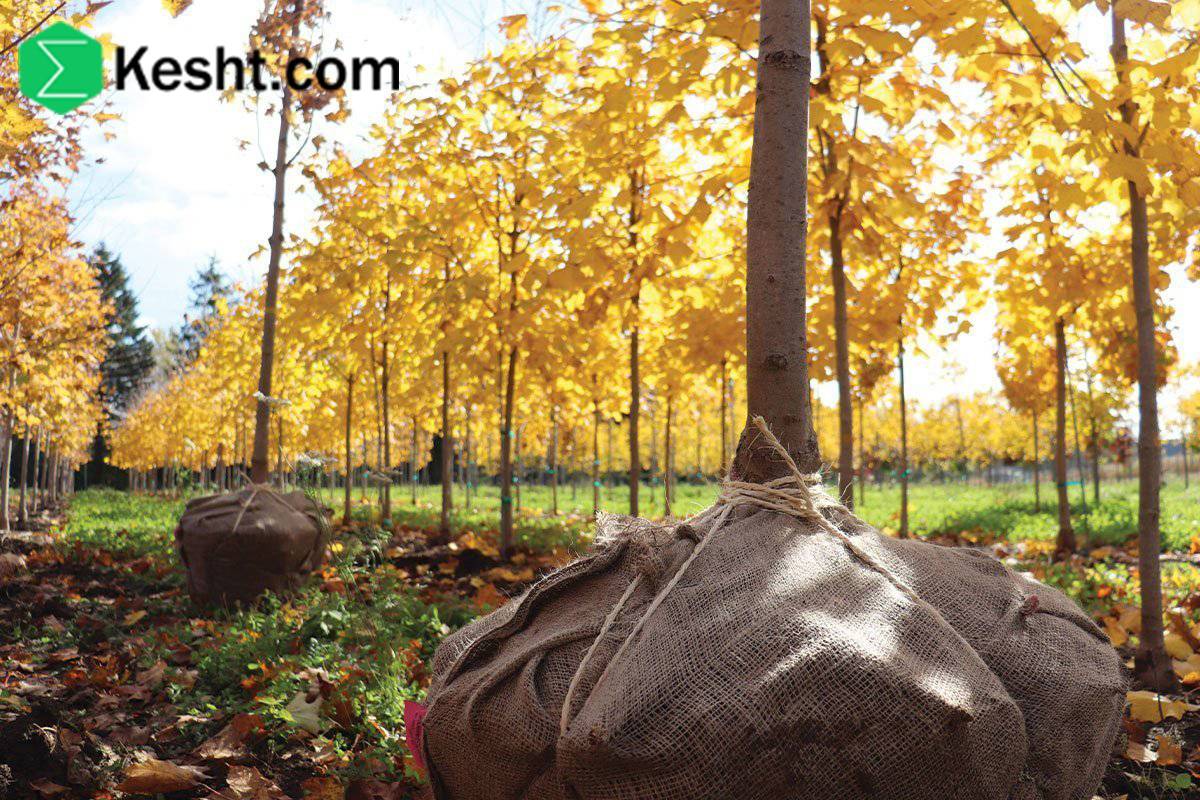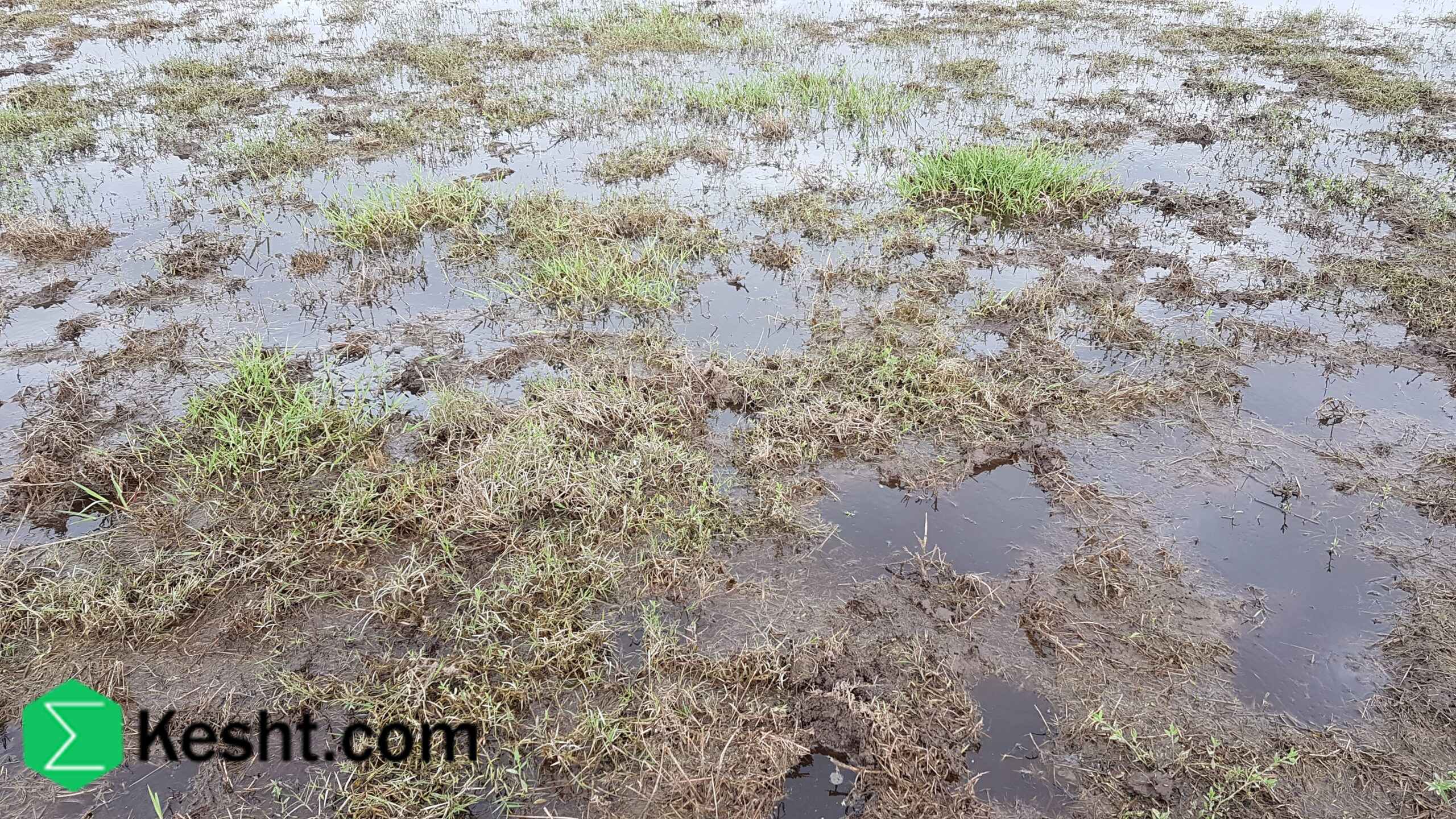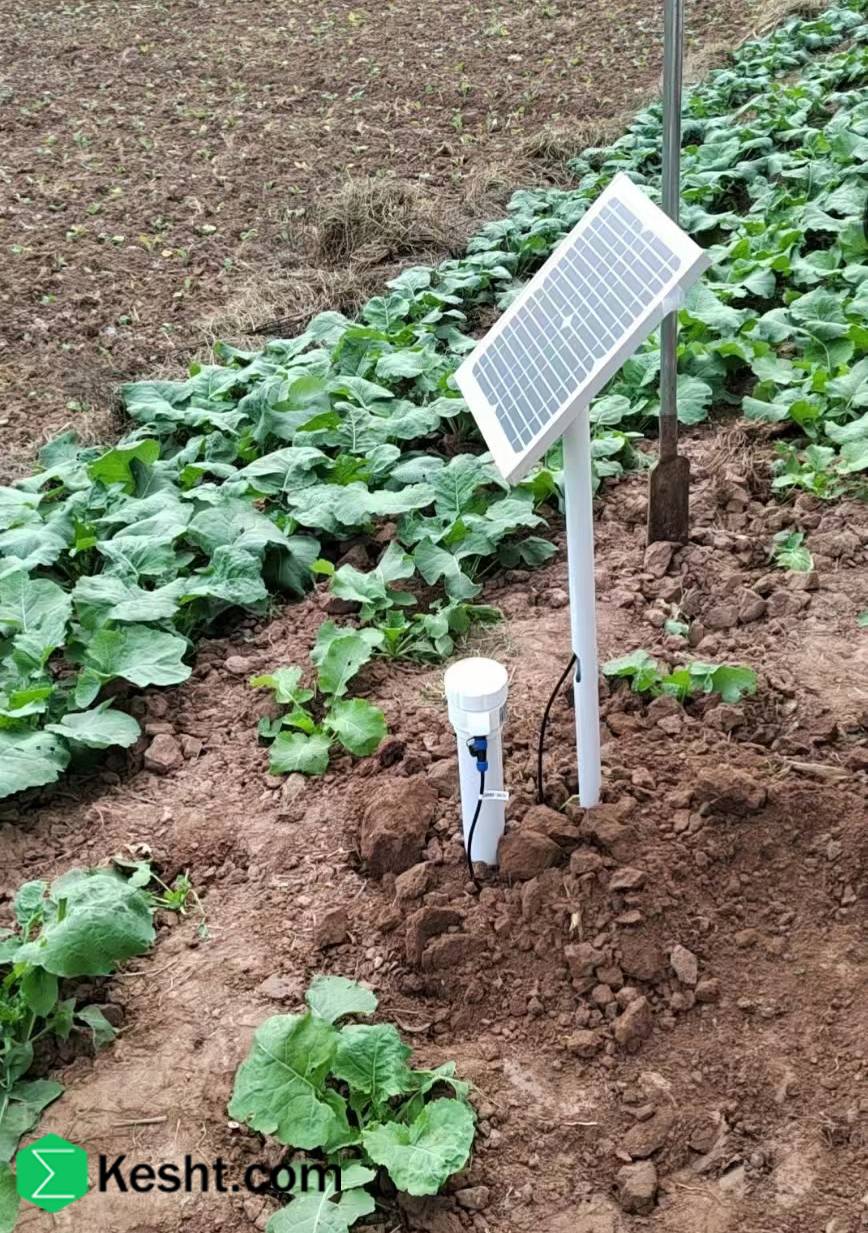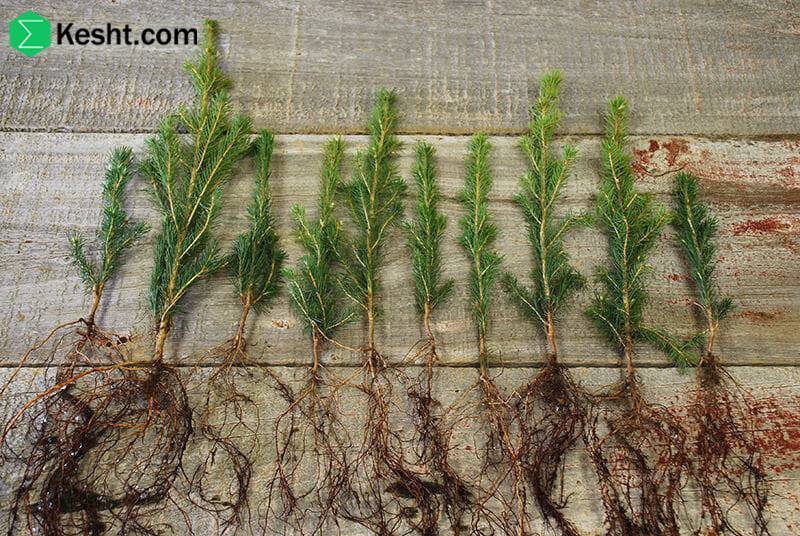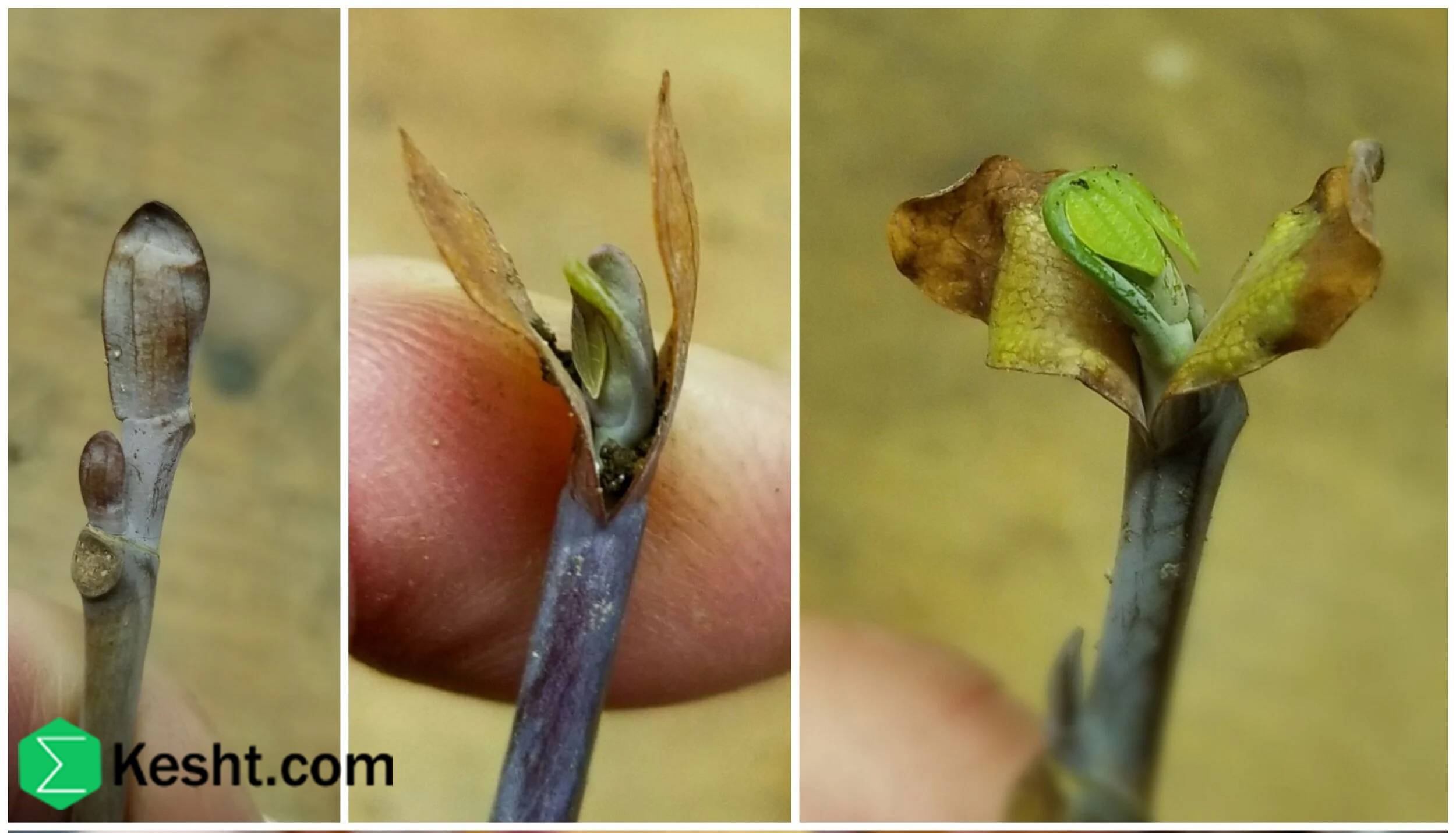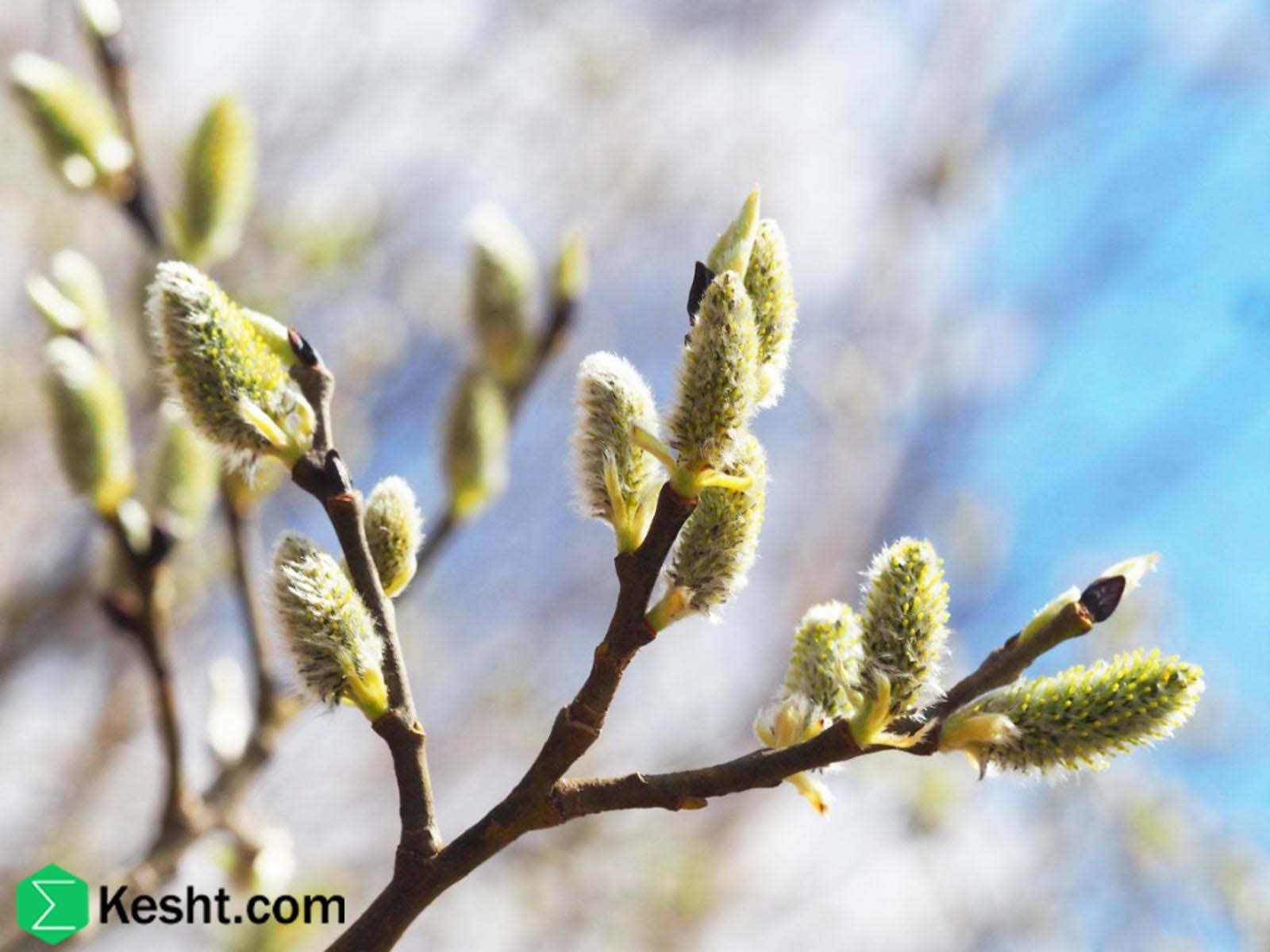What Is a Tree Guard?
In this response, I provide a complete, structured, and practical explanation of “tree guards,” including definition, types, materials, installation methods, use in nurseries and orchards, advantages, disadvantages, and technical notes. This tool is designed to protect saplings and young trees from physical and biological hazards.
Tree Guard — A Security Shield for Young Saplings
Definition: What is a “tree guard”?
A tree guard (tree shelter/protective sleeve) is a physical structure installed around the trunk of a sapling or young tree to protect it from mechanical, animal, environmental, and human damage.
Primary goal:
Increase sapling survival during the first years by creating a safe, controlled microenvironment around the trunk.
Why install a tree guard — why is it essential?
- Reason 1 → Protection against gnawing animals
- Rabbits, voles, hares, deer, wild goats — in winter they attack the bark and cambium of young saplings.
- One night can be fatal: complete girdling of the trunk cuts off sap flow and kills the plant.
- Reason 2 → Prevent mechanical damage
- Impacts from hoes, machinery, lawnmowers, bicycles, garden tools.
- In urban green spaces — pedestrian traffic and incidental impacts.
- Reason 3 → Reduce environmental damage
- Strong winds — wind rock.
- Severe cold — temperature fluctuations.
- Direct sun — sunscald (with semi-transparent or reflective guards).
- Reason 4 → Weed control
- Limits weed growth near the trunk — reduces competition for water and nutrients.
- Reason 5 → Create a favorable microclimate
- Transparent or semi-transparent guards can raise humidity and air temperature around the sapling → faster growth in year one.
Types of tree guards — performance comparison
| Type | Material | Advantages | Disadvantages | Best use |
| Clear/semi-clear plastic | PVC or PE | Mini greenhouse effect; full protection; 3–5 year life | Higher cost; needs ventilation | Forestry and fruit nurseries; cold regions |
| Mesh (netted/cellular) | Plastic or metal | Excellent ventilation; deters animals; affordable | Less protection against wind/cold | Temperate areas; urban landscapes |
| Metal (wire mesh) | Galvanized steel or aluminum | High resistance to large animals; long life | Higher cost; heavier | Mountainous areas; deer/goat presence |
| Cardboard/paperboard | Recycled fiber | Biodegradable; very low cost | Short life (6–12 months); degrades in rain | Environmental projects; temporary plantings |
| Bamboo/wood | Wood, reed, bamboo | Natural look; eco-friendly | Maintenance needed; limited protection | Urban landscapes; ornamental gardens |
Standard technical specifications
- Height:
- 60–80 cm: against rabbits and rodents.
- 120 cm and above: in areas with deer, wild goats, or camels.
- Diameter:
- 8–12 cm: saplings aged 1–2 years.
- 15–20 cm: saplings aged 3–4 years or fast-growing species.
- Color:
- Green or brown: blends into natural settings; less visually intrusive.
- White or silver: reflects light; reduces sunscald.
- Transparent: for microclimate benefits — use in cold regions only.
- Ventilation:
- For clear plastic guards, evenly spaced ventilation holes are essential to prevent overheating and fungal growth.
Correct installation — step by step
- Step 1 → Timing
- Immediately after planting — in any season (spring or fall).
- If planting occurs in winter, install the guard at once.
- Step 2 → Site preparation
- Remove nearby weeds and stones.
- Level the soil — avoid mounds or depressions.
- Step 3 → Installation
- Place the guard vertically around the trunk.
- Keep a 5–10 cm gap between guard and trunk to prevent abrasion and allow growth space.
- Split/standalone guards: anchor to the ground with wooden or metal stakes (never to the trunk).
- One-piece/wrap-around guards: fasten around the trunk with elastic or fabric ties — not wire.
Warning:
Never tie a guard directly to the trunk — it can constrict and damage the cambium.
- Step 4 → Height adjustment
- Bottom edge should start at least 5 cm above soil level — prevents collar rot.
- Top edge: at least 60 cm high — more if local wildlife pressure is greater.
- Step 5 → Monitoring and replacement
- Every 3 months: check guard condition (loosening, cracks, trunk growth).
- In spring: increase guard diameter or replace with a larger size.
- Cardboard guards: replace by the end of the first year.
Species most in need of tree guards
| Species | Reason |
| Apple and pear | Thin bark — attractive to animals |
| Peach and cherry | Bare lower trunk — little natural protection |
| Walnut | High value — protect your investment |
| Pine and cypress | Nursery settings — vulnerable to wind and animals |
| Mulberry and fig | Attractive to birds and mammals |
Recommendation: All saplings under 4–5 years should have guards — no exceptions.
Advantages and disadvantages
- Advantages:
- Raises survival rates to 70–90% in high-risk areas.
- Reduces replacement costs.
- Boosts early growth (with clear guards).
- Multi-protection (animal, mechanical, environmental).
- Disadvantages:
- Upfront cost (especially quality metal or plastic guards).
- Requires adjustment or replacement — otherwise growth can be restricted.
- Without ventilation, risk of overheating or fungal issues in plastic guards.
Consequences of not using tree guards
| Consequence | Explanation |
| Sapling death from animals | Bark girdling → flow of water/nutrients stops → death in 24–48 hours |
| Trunk breakage from wind/impact | Requires replacement — delays projects |
| Asymmetric growth | Injury on one side → structural weakness |
| Damage–disease synergy | Wounds + fungi = trunk rot → near-certain mortality |
| Unexpected costs | Replacement, pesticides, labor |
Technical notes and best practices
- Tip 1: Coordinate with whitewashing
- If using mesh or metal guards, whitewash the trunk as well — these guards don’t fully protect against sun/cold.
- Tip 2: Do not restrict growth
- Check guard diameter annually — if the trunk contacts the wall, replace or remove the guard.
- Tip 3: Ventilation for plastic guards
- Drill ventilation holes 10–15 cm apart in two opposite rows.
- Tip 4: Keep off the soil
- Always keep the bottom edge above soil level — prevents constant moisture and collar rot.
- Tip 5: Use with mulch
- Guard + mulch = best combo — protects both roots and trunk.
Conclusion
A tree guard is the simplest and most effective way to save young saplings from death due to animals, wind, impact, and cold.
- Selection: Match guard type to local wildlife and site conditions.
- Installation time: Immediately after planting.
- Critical detail: Maintain spacing from the trunk — and ensure proper ventilation.
- Duration: Until the trunk reaches 5–7 cm in diameter (typically 3–5 years).
Final practical recommendations:
- If your nursery or orchard faces wildlife or strong winds, install guards on all saplings under 5 years old immediately.
- In rabbit-prone areas, use plastic or mesh guards 80 cm tall.
- In deer ranges, a 120 cm metal guard is essential.
- Inspect guard condition and sapling growth every 6 months — replace or resize as needed.


